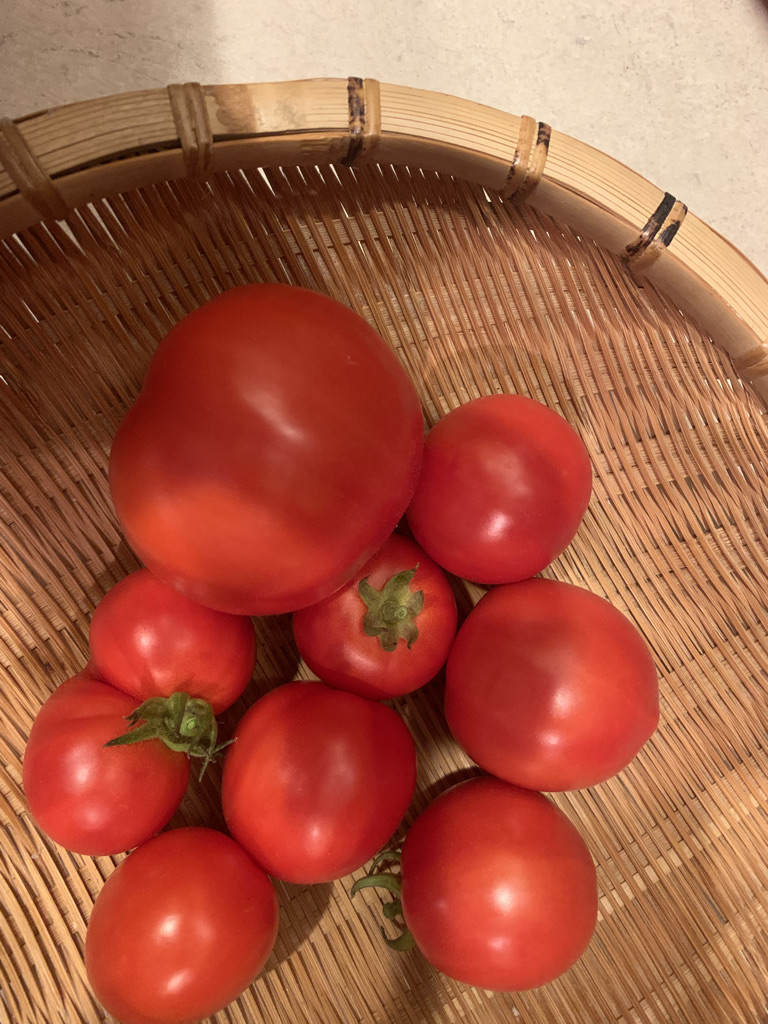Smoky skies
19/10/22 00:35

We have experienced smoky conditions before in other places that we have lived, but yesterday was particularly bad. Whatever we are experiencing, however, it is much worse for the firefighters and for the people who have had to be evacuated due to the fires. The fires are burning in eastern Washington and the smoke has drifted west. When it reached the coast, it met with dense, heavy air and stalled right over our area.
Yesterday is supposed to be the worst day. The Air Quality Index was rated at very unhealthy. Pollution was 286 on the Air Quality Index. Any score over 200 is considered to be hazardous. Today’s forecast calls for 67, which is the bottom end of the Fair category (66 would be considered good). The rest of the week should be in the very good category, dropping to 14 on Thursday and down to 5 for Friday and Saturday.
Rain is forecast to start on Friday and continue for a week. It will be very welcome around here. September and this part of October have been setting records for high temperatures and lack of rain. The entire summer has been particularly dry for this part of the country.
Frankly, I’ve enjoyed the weather. I have a friend who is so tired of the lack of rain that he brings up rain in nearly every conversation. We have taken to laughing together at the frequency with which he thinks and talks about rain. I am not used to this new home and didn’t know exactly what to expect, so I haven’t been as aware of the dry conditions. I’ve lived in pretty dry places for most of my life.
The tomatoes seem to agree with me. The picture with today’s journal is of the tomatoes we picked yesterday from the plants in the bed next to our front porch. We’ve never lived anyplace where we were still picking fresh tomatoes in the middle of October. They taste really good, too. We had BLT sandwiches for supper last night. Yum! I guess the tomatoes don’t mind the smoke.
I’ve been enjoying reading “The Secret Network of Nature” by Peter Wohlleben. He is the author of the bestselling “The Hidden Life of Trees.” What I appreciate about him in addition to his clear writing that comes through even in translation is his appreciation for the complexity of the natural world. He admits that there is much that we don’t fully understand. The more we learn about the complex interactions of nature, the more we discover we do not know. He asks, rhetorically, “Are pine bark beetles good or bad?” I have a tendency to respond “bad” because I have mourned the huge swatches of dead trees all across the northwest and into Canada. He reminds us however, that the infestations are a sign of a lack of health in the forest and that healthy forests can resist infestation. He doesn’t answer the question, simply shows how complex it is and how the beetles, animals, trees, fungi and other living parts of the forest all have effects on one another.
We know that not all fires are bad. Fire is part of the ecology of some types of forest. But when fires threaten homes, destroy crops, and leave behind deep scars, we understand the importance of having skilled firefighters.
Much of the natural world is so complex that it readily defies the categories of “good” and “bad.” Sometimes all we can say is that it is what it is. Certainly when it comes to forest management, humans often have far too short a perspective to make the kind of long term choices that might insure the overall health of the forest. Forests run on cycles of hundreds of years. Policy makers run on two- and four-year cycles. Sometimes we make the right choice by accident. Often we use the best information we have and later learn that we simply didn’t understand the big picture.
What I am learning is that our world is far more nuanced and complex than the simple categories we use to talk about it. More important than identifying what environmental effects are human caused, we need to understand that humans are part of the bigger picture of nature. It is yet to be determined whether our position at the top of the food chain will remain for a long period as was the case with dinosaurs, or if our collective time on this planet will be much shorter. Like other creatures, we have a single trip through the life cycle and when we die others will take our place. Hopefully we will be able to share with them some of the wisdom, music, culture, theology, and insight that we have inherited from previous generations as well as offer a bit of our own to future generations.
It is a fascinating thought to contemplate Jonas Salk’s question, “Are we being good ancestors?”
